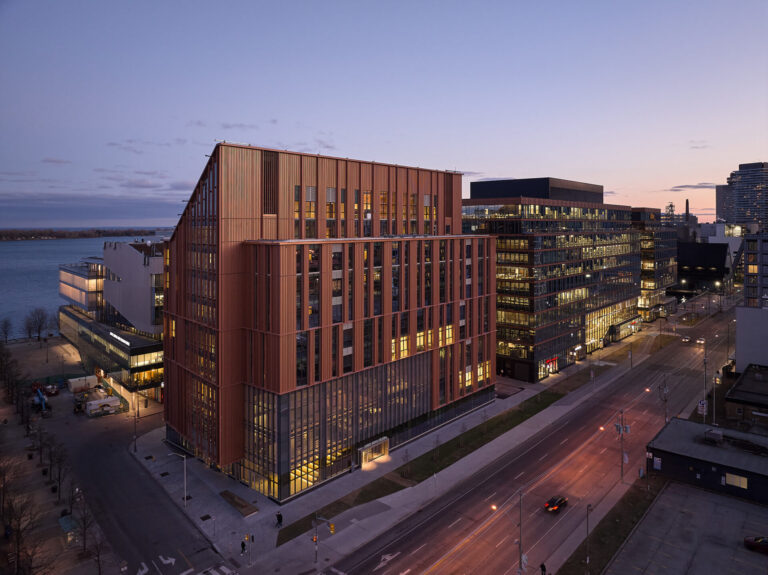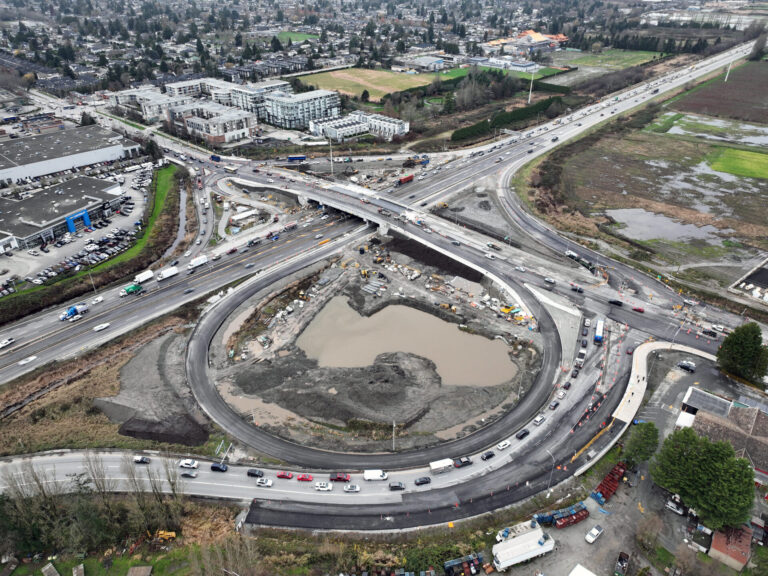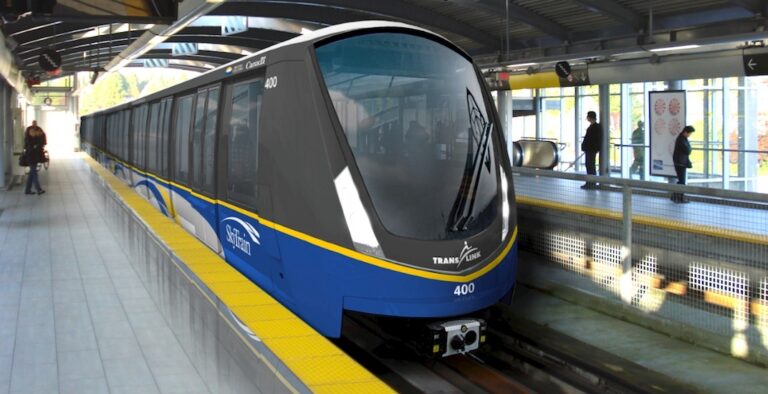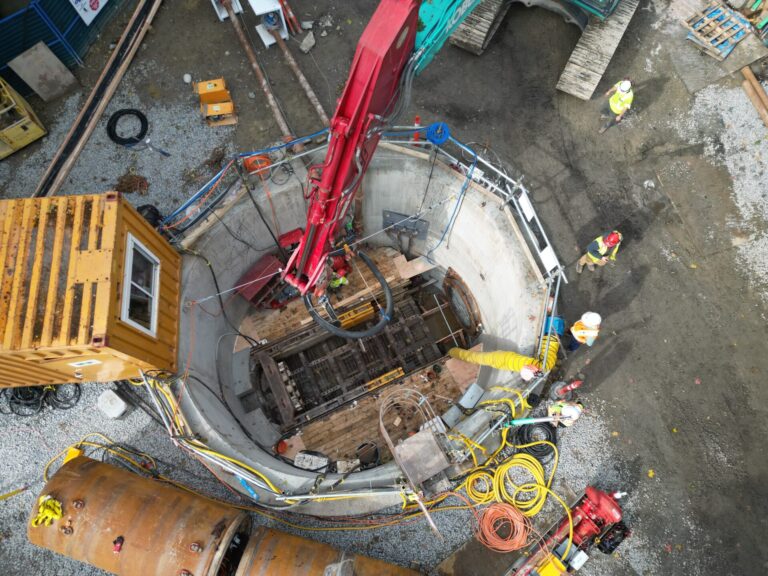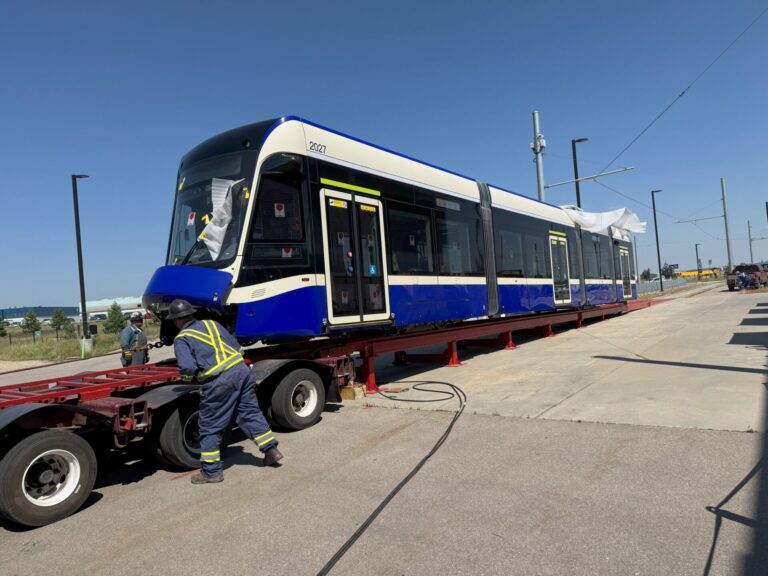The Société québécoise des infrastructures (SQI) and the Ministère des Transports et de la Mobilité durable (MTMD), in collaboration with six major public contractors in Quebec involved in the digital transformation of the construction industry, jointly unveil the updated version of the Government roadmap for BIM. The latter highlights the major advances made since 2021 and outlines the outlook for the coming years.
Since the roadmap’s initial launch in 2021, Quebec has resolutely committed to a digital shift in its public infrastructure practices. The goal: to improve productivity, optimize investments, and address the challenges of labor shortages.
From April 1 2021 to March 31, 2025, the number of projects underway or completed using BIM (infrastructure information modeling) by the eight partner public contractors (DOP) increased from 77 to 265, across all sectors. This widespread growth in the number of projects started or completed using BIM clearly means that the digital shift is well underway and continuing in all areas of the construction sector (institutional, housing, civil engineering and roads, industrial assets).
At the heart of this transformation, each DOP stood out with a notable achievement:
- SQI: nearly 75 per cent of major projects now systematically incorporate BIM and integrated design, including several focusing on advanced data exploitation.
- MTMD: 14 projects were started in three-dimensional design during the last year and various initiatives on the use of digital twins were carried out.
- Société d’habitation du Québec: a project worth more than $20 million integrating BIM was launched in Saguenay, and this approach is now eligible for the Quebec Affordable Housing Program.
- Hydro-Québec: The Irish substation, completed in September 2024, has clearly demonstrated the benefits of BIM, which has led to a reduction in the cost of changes, which stood at only 3.6 per cent, compared to 15 to 18 per cent in traditional projects.
- Olympic Park: more than 50% of the initiatives defined in 2023 in the five-year internal deployment plan have been completed.
- City of Longueuil: an institutional building project worth more than $50 million has been started using BIM-PCI (integrated design process).
- City of Montreal: Two new building projects worth over $5 million using BIM-PCI and four new road, engineering, and civil engineering projects have been launched. A BIM business plan for the City (buildings, road infrastructure, water production, distribution, and treatment) is currently being developed.
- City of Quebec: 12 projects were launched using the BIM approach over the past year, including seven in civil engineering and roads, in addition to the implementation of a common data environment (CDE) to improve the management of public assets.
According to SQI, these successes demonstrate the collective commitment of the DOPs to sustainably transform the construction and civil engineering sector through digital innovation. The 2025 version of the roadmap continues to support this transition with ambitious targets and concrete initiatives that place Quebec at the forefront in Canada . Four years after its launch, the initial roadmap has actively mobilized the industry around a common vision: the progressive integration of BIM into public infrastructure projects to improve the sector’s performance, continuity, and productivity. It represents a response to the sector’s persistent challenges by promoting knowledge sharing, harmonization of practices, and access to essential strategic and financial support.
The 2025 update of the roadmap specifies the pace of BIM adoption by public clients for the coming years, sets ambitious new targets, and identifies the next structural steps: support for SMEs, strengthening interoperability, continuously improving digital skills, and expanded deployment across different types of public assets. The mobilization of industry stakeholders around the roadmap opens the door to transforming practices and establishing a culture of collaboration within the industry.
BIM is a collaborative process focused on the development, use, exchange and management of digital data models related to an infrastructure project or portfolio with the aim of improving its design, construction and operation.
BIM is a useful decision-making tool throughout the entire lifecycle of an infrastructure. It allows data to be generated from the earliest stages of design, which can be used and exploited by a range of complementary technologies facilitating the development, construction, operation, occupation and disposal of a structure.
Featured image: (Getty Images)




